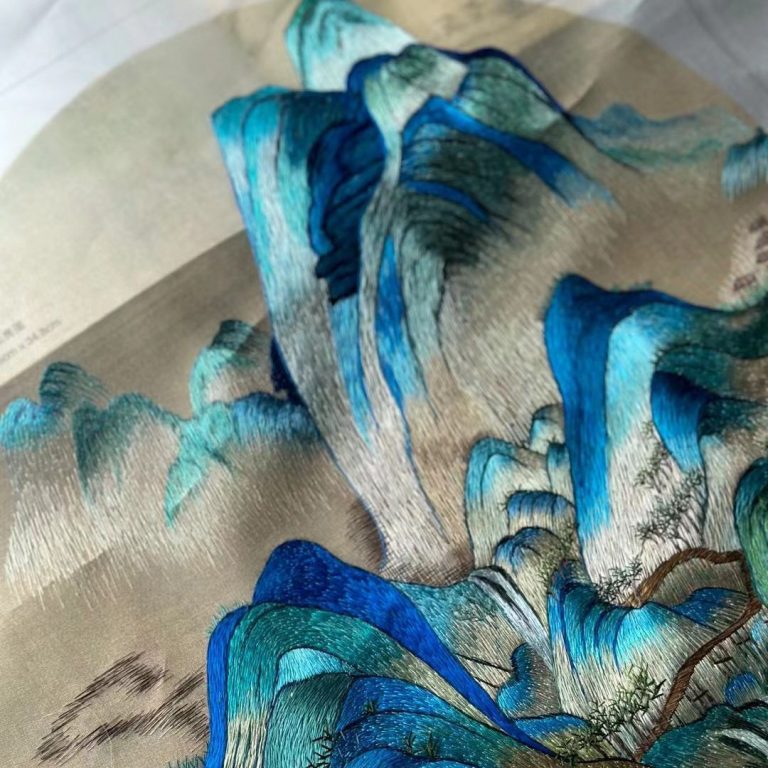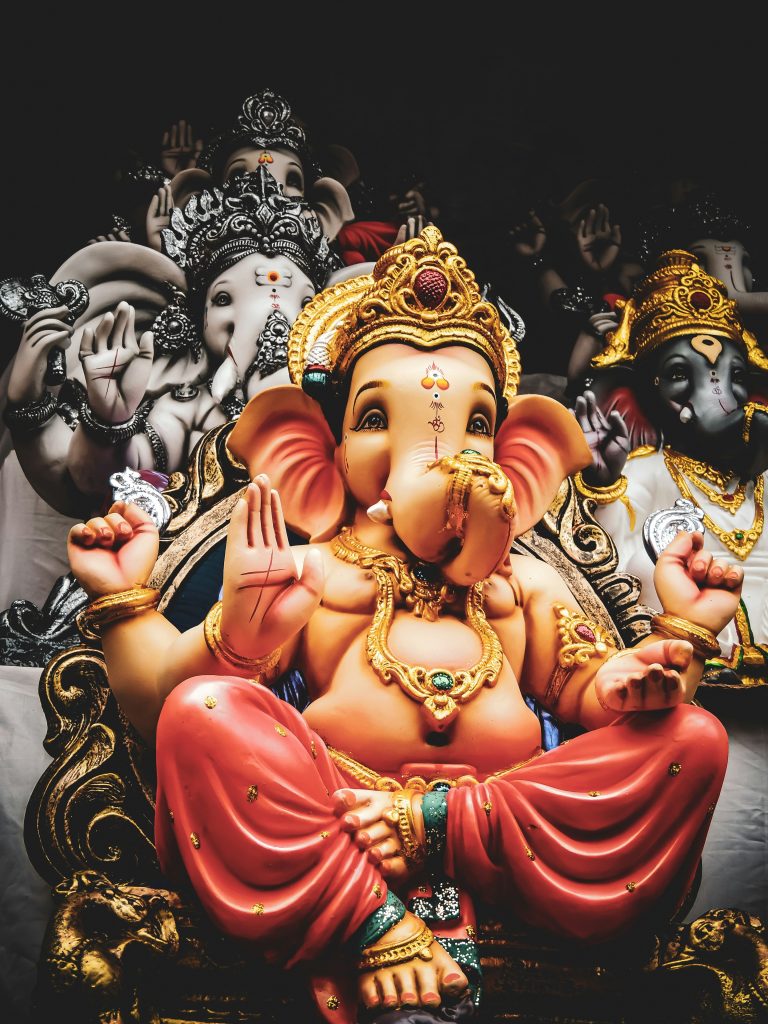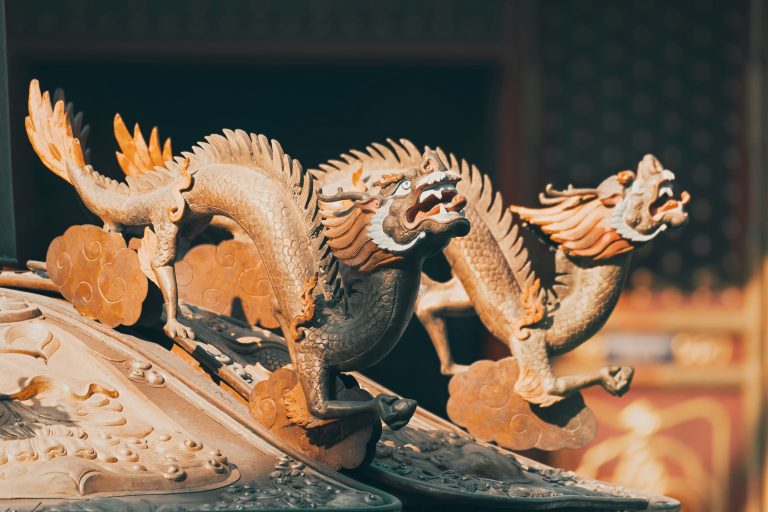Customs and Traditional Culture in Various Regions of Asia
Asia, the largest and most populous continent, is home to a diverse range of customs and traditional cultures. From China in the east to India in the south, and Japan in the northeast to Indonesia in the southeast, each region boasts its own unique customs, rituals, and cultural practices. Let’s explore some of the fascinating customs and traditions found in different parts of Asia.
China
China, with its long history and rich cultural heritage, has a plethora of customs and traditions. The Chinese New Year, also known as the Spring Festival, is the most important traditional holiday in China. It is celebrated with great enthusiasm and includes dragon and lion dances, fireworks, family gatherings, and the exchange of red envelopes containing money as a symbol of good luck. Another significant tradition is the art of tea drinking, known as the tea ceremony. This ancient practice involves the preparation and serving of tea with grace and precision. Additionally, practices like calligraphy and the martial art of tai chi are deeply rooted in Chinese culture.
Japan
Japanese culture is renowned for its elegance, precision, and attention to detail. The tea ceremony, or “chado,” is a highly ritualized practice that reflects harmony, respect, and tranquility. It involves the preparation and serving of matcha, a powdered green tea, in a traditional tea house. Ikebana, the art of flower arrangement, is another important tradition in Japan. It emphasizes simplicity, asymmetry, and the appreciation of nature’s beauty. Festivals such as the Cherry Blossom Festival (Hanami) and the Bon Festival (Obon) showcase the vibrant cultural heritage of Japan.
India
India, with its diverse population and rich cultural tapestry, is a treasure trove of customs and traditions. Diwali, the Festival of Lights, is one of the most significant celebrations in India. It symbolizes the victory of light over darkness and good over evil. During Diwali, homes are illuminated with oil lamps, colorful rangoli designs are created, and people exchange gifts and sweets. Traditional Indian weddings are grand affairs, filled with rituals, vibrant clothing, intricate henna designs, and lively music and dance performances.
South Korea
South Korea’s customs and traditions are deeply influenced by Confucianism and Buddhism. Ancestral memorial ceremonies, known as “Charye,” are an important part of Korean culture. Families pay respects to their ancestors by offering food and performing rituals. The traditional Korean dress, the hanbok, is still worn on special occasions, such as weddings and festivals. Taekwondo, a Korean martial art, is also an integral part of the country’s cultural heritage, emphasizing discipline, self-defense, and physical fitness.
Thailand
Thailand, known as the “Land of Smiles,” has a rich cultural heritage with a strong influence of Buddhism. The Songkran Festival, also known as the Thai New Year, is a vibrant celebration that involves water fights and the pouring of scented water over Buddha statues for good luck and purification. Thai cuisine is renowned worldwide for its bold flavors, aromatic herbs, and spices. Traditional Thai dance forms, such as the graceful Thai classical dance and the energetic Thai folk dance, showcase the country’s artistic traditions.
Indonesia
Indonesia, with its vast archipelago, is a melting pot of diverse cultures and traditions. Traditional dances, such as the Javanese classical dance and the Balinese Legong dance, are highly regarded for their intricate movements and storytelling. Batik, a traditional Indonesian textile art, is characterized by its intricate patterns and vibrant colors. Each region in Indonesia has its own unique customs and traditions, adding to the cultural diversity of the country.
In conclusion, Asia is a continent teeming with customs and traditional cultures that reflect the rich history, diverse ethnicities, and spiritual beliefs of its people. From the vibrant festivities of China and India to the serene tea ceremonies of Japan and the martial arts of South Korea, each region offers a unique glimpse into its cultural heritage. Exploring these customs and traditions not only provides a deeper understanding of Asia’s rich tapestry but also fosters appreciation for the diversity and beauty of our world’s cultures.





